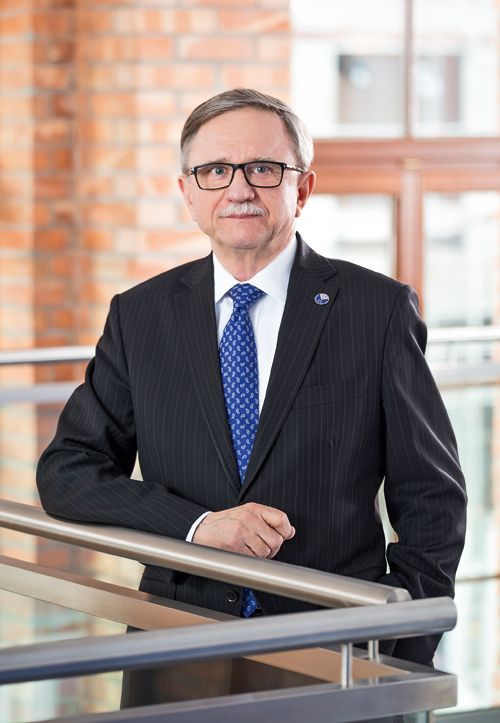Rafał Ostrowski, ‘Eurobuild CEE’: What's the latest about Port Praski?
Adam Pykel, CEO, Port Praski: We’ve just completed two more buildings – at ul. Okrzei 6 and 8. These have a total of 170 apartments, which their first residents already have access to. A building at ul. Sierakowskiego 4 with 300 apartments is still under construction. It’s now at the lock-up stage and will be completed later this year.
Is it going to be one of the largest buildings in Stara (Old) Praga?
Krzysztof Pykel, investment director, Port Praski: Yes, it will. But it fits into the neighbouring development because we have divided it into smaller units with separate entrances so that it resembles a line of tenement houses. We don’t want Port Praski to be a huge residential ‘dormitory district’, but to have a typically urban or downtown layout. We are aware that buildings in cities are designed by many different architects, so we also try to ensure that every b































































